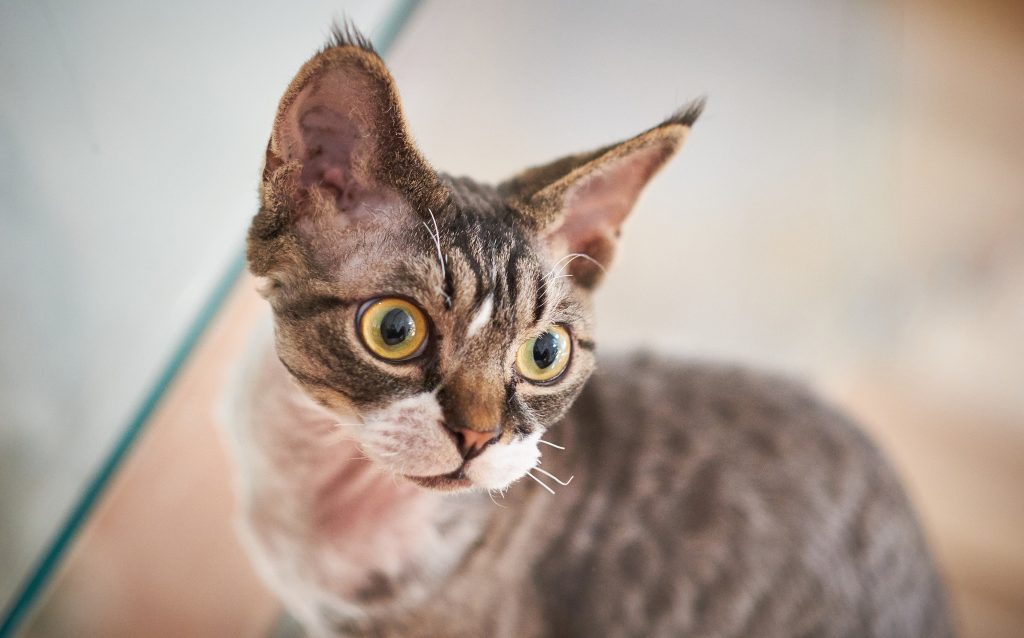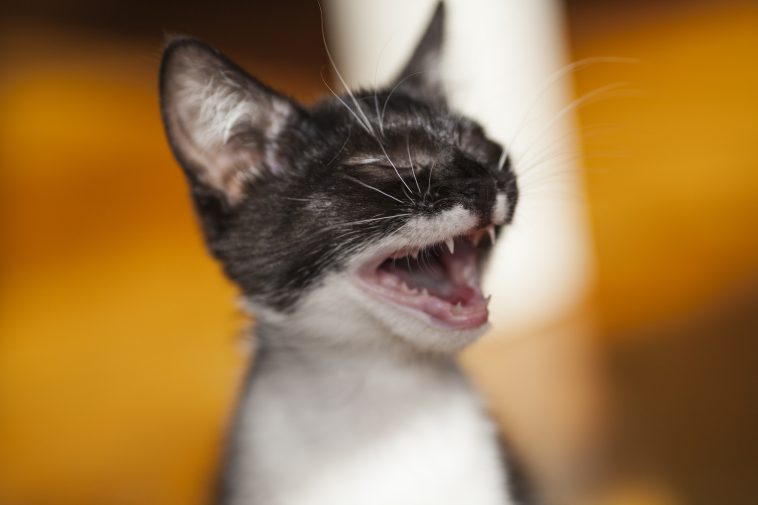Introduction: The comforting sounds of a cat’s rhythmic purring often accompany its serene slumber, but what if those gentle purrs evolve into hearty snores? Cat snoring, while less common than in dogs, can be a source of concern for pet parents. This guide unravels the mysteries behind cat snoring, addressing the common causes, potential health implications, and how to ensure your feline friend enjoys a restful sleep.
Section 1: The Whys and Hows of Cat Snoring
- Anatomy Matters: Exploring how certain breeds, especially those with flattened faces, are more prone to snoring due to their unique anatomy.
- The Brachycephalic Factor: Understanding how shortened facial bones, smaller nostrils, and elongated soft palates contribute to snoring in specific cat breeds.
- Sleeping Positions: Delving into how different sleeping postures can trigger snoring in cats.

Section 2: Snoring Red Flags: When to Worry
- Normal vs. Concerning Snoring: Helping pet parents distinguish between benign snoring and signs that may indicate underlying health issues.
- Medical Conditions: Investigating how upper respiratory infections, nasal inflammation, and blockages can lead to cat snoring.
- Weighty Matters: Recognizing the impact of obesity on cat snoring and exploring weight management solutions.
Section 3: Signs You Should Consult the Vet
- Alarming Symptoms: Identifying behavioral changes and signs of distress that warrant a vet visit.
- Beyond Snoring: Acknowledging related symptoms such as panting, wheezing, heavy breathing, and open-mouth breathing.
Section 4: Cat-Friendly Solutions for Snoring
- Veterinary Interventions: Discussing medical procedures for addressing issues like polyps, tumors, and foreign objects causing snoring.
- Weight Management: Highlighting the role of weight loss in reducing snoring and promoting overall well-being.
- Humidity Help: Introducing non-medical solutions like humidifiers to combat dry air and potentially alleviate snoring.
Section 5: Monitoring and Maintaining Feline Health
- Vigilance as a Key: Emphasizing the importance of observing cats for signs of illness due to their tendency to hide symptoms.
- Indicators of Concern: Encouraging pet parents to be attentive to changes in meowing, facial swelling, and other subtle signs.
Conclusion: Embracing the Unique Serenades of Feline Slumber Understanding cat snoring goes beyond the initial surprise—it’s an opportunity to delve into a cat’s unique physiological makeup. With a blend of vigilance, preventive measures, and timely vet consultations, pet parents can ensure their feline companions enjoy restful nights without compromising their overall health. So, let the gentle symphony of cat snores be a testament to the quirks and individuality that make every cat a fascinating companion in the tapestry of our lives.**


